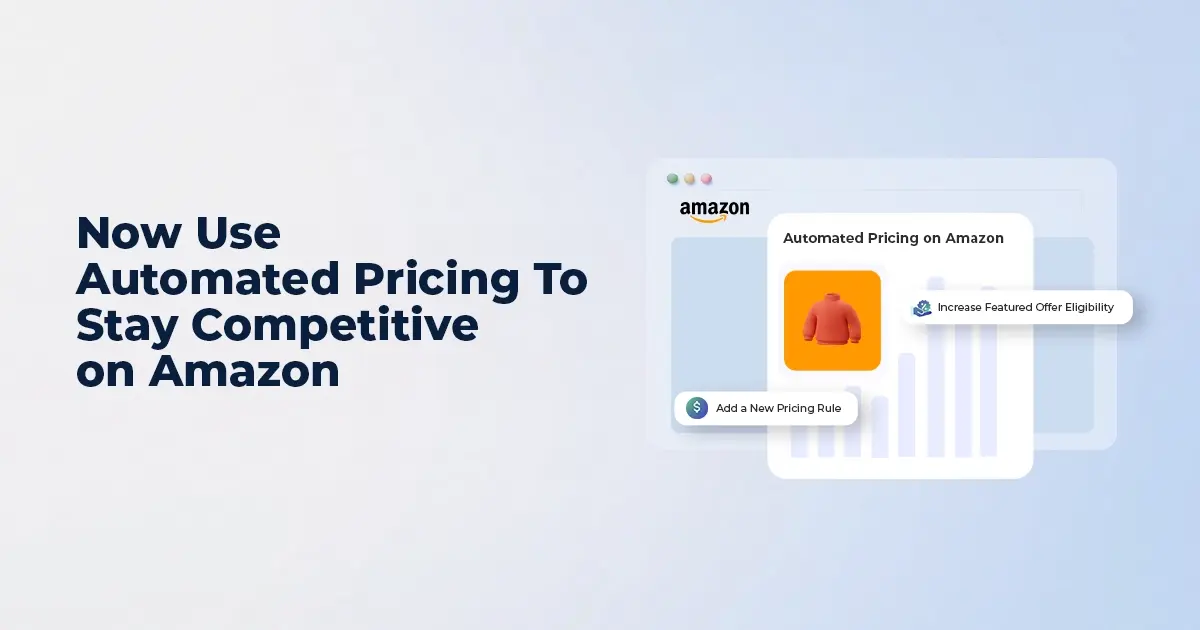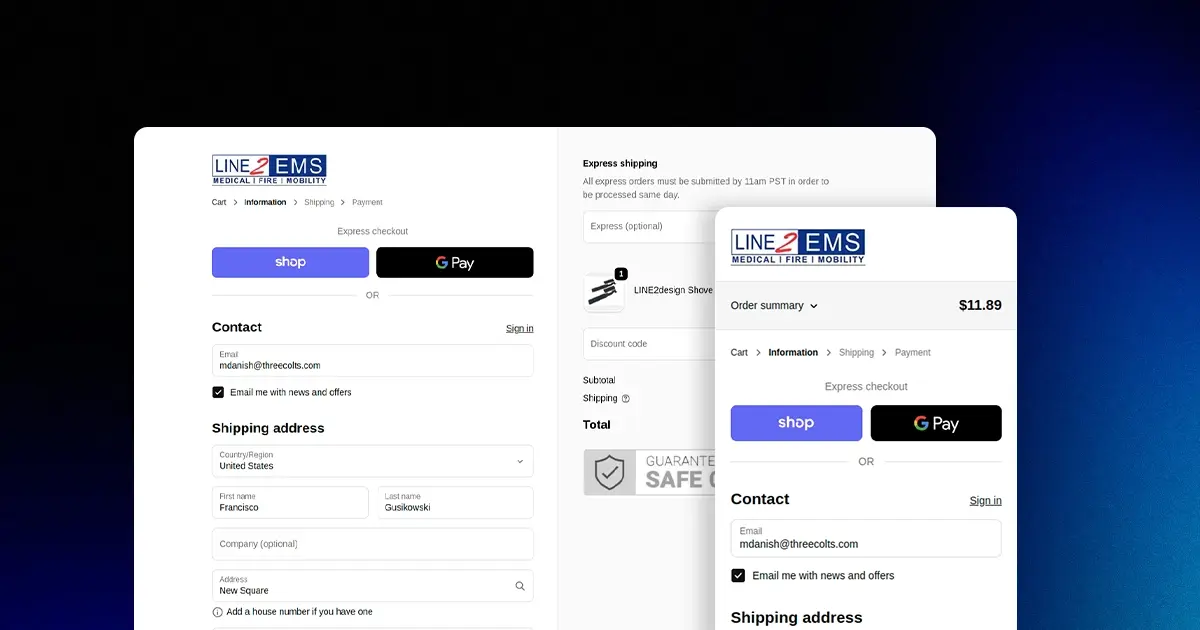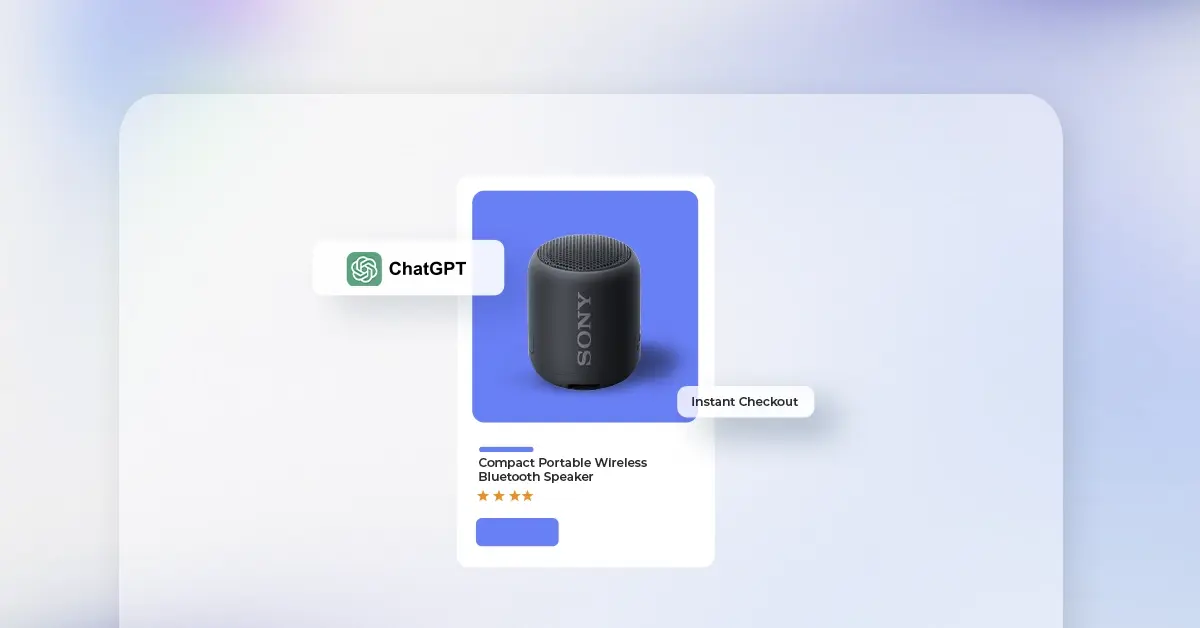Etsy Halloween 2025 Trends: What’s Selling + High-Converting Keywords to Use
Reading Time: 11 minutesHalloween 2025: The Creative Seller’s Goldmine In the age of viral décor…
Do you know what is the best thing about selling online? With a few clicks, you can manage your products, orders, customers, and storefront. Your online business revolves around questions like – where in the world are your visitors coming from? What are they searching for? What is the conversion rate? And likewise. If you manage your store with Shopify, you can get a microscopic view of your store’s analytics. Thanks to the fantastic reports by Shopify & Google Analytics.
Before you take a deep dive into your Shopify store analytics, consider this blog as your cheat sheet to leverage your store analytics wisely. From exploring Shopify reports to adding Google Analytics, let’s set the stage for your Shopify store analytics.
Depending on your plan, you can get access to various analytical reports and insights. If you have subscribed to the Basic Shopify plan or higher, here is what you get –
The Overview dashboard gives a microscopic view of your Shopify store analytics. This is where your store’s data is thoroughly compiled into reports. Reports that answer – where in the world are your visitors coming from? What are they searching for? And so much more!
This is a screenshot of the overview dashboard having various go-to reports. All the reports you see here are based on a time frame that you can change at your convenience. Let’s say you want to get a clear picture of your store’s conversion rate. Click on – view report and bang! With the help of Shopify store analytics, you get the power to –
It is October already and Halloween vibes are as strong as they can be. The spooky festival marks the beginning of a worldwide shopping spree. Year after year, consumers’ openness to shop online has increased in leaps & bounds! It is the right time to go back to your last year’s analytic reports. As a result, doing this will give you a better understanding of your store’s performance during the festive season.
Depending on your curiosity to dig deep into your store’s analytics, you can amend this year’s festive strategy. It is up to you whether you want to float on the surface. Or whether you want to explore the depths of your Shopify store analytics.
You can also add Google Analytics to your Shopify store to get a clearer picture. But when Shopify’s in-built reports have so much to convey, is it indispensable to add Google analytics too?
Well, let’s figure it out!
Is it necessary to set up Google Analytics? No, but adding Google analytics will unlock new dimensions of your store’s data. Shopify’s in-built reports are limited by the plan you choose. As a result relying solely on Shopify’s reports is like having a closed-view.
Your store’s overview dashboard is the hub of Shopify’s in-built analytical reports. This approach of gathering insights out of your Shopify store analytics sounds conveniently accessible. But adding Google Analytics to your Shopify store can be a bit cumbersome. You can hire Shopify experts who will look after your analytics and setup!
To add Google Analytics to your Shopify store, follow these steps –
Hiring a Shopify expert is helpful. During the early days, your business needs a great amount of strategizing. As a result, you will need someone to guide, and help you in strategizing –
Shopify’s in-built reports provide quality data. Below are 9 in-built analytic reports that you can leverage to understand your Shopify store analytics better.
If you have subscribed to Shopify advances or higher plans, then you also create custom reports. You can create custom reports by using Shopify’s filtering & editing features. Creating a custom report is just like using Microsoft Excel – you just have to apply logic, and Shopify will present the data just like you asked for.
With so many reports to flip through plus Google Analytics, you will have abundant data to manage and interpret. Our Shopify experts will help you assemble your Shopify store analytics and Google Analytics. As a result, you can strategize better for this year’s special celebrations.
Whether you have just started your journey with Shopify or you’re happily running a store. It doesn’t matter. Data is one thing that you need from day one. Don’t let your curious mind be blown away with your store’s sales and conversion. There is a lot more hidden in the depths of your Shopify store analytics.

Reading Time: 11 minutesHalloween 2025: The Creative Seller’s Goldmine In the age of viral décor…

Reading Time: 2 minutesOverview AliExpress has launched a new global scheme — the Best Price…

Reading Time: 3 minutesEtsy, Inc. (“Etsy”) today announced two major developments: the appointment of Kruti…

Reading Time: 2 minuteseBay posted a strong performance in Q3 2025, with revenue and gross…

Reading Time: 3 minutesAbout the Client Esty Store: Infinite Spiral, LLC Overview: Infinite Spiral, LLC,…

Reading Time: 3 minutesWalmart has announced a landmark partnership with OpenAI that could reshape the…

Reading Time: 5 minutesAfter years of tension over the ownership and control of TikTok, the…

Reading Time: 3 minutesWalmart’s new collaboration with OpenAI signals more than a tech upgrade —…

Reading Time: 7 minutesI. INTRODUCTION: THE PRICE PRECISION IMPERATIVE In Amazon’s high-velocity marketplace, even a…

Reading Time: 3 minutesAmazon recently announced a significant change for sellers advertising in Washington state:…

Reading Time: 14 minutesBlack Friday–Cyber Monday used to be a weekend. Now it’s a pressure…

Reading Time: 2 minutesKey Updates Shopify is deprecating the “Sell from all locations to all…

Reading Time: 2 minutesWhat’s New Amazon has published a Data Processing Addendum (DPA) for Multi-Channel…

Reading Time: 2 minutesKey Highlights AI-driven traffic to U.S. retail sites will increase by 520%…

Reading Time: 3 minutesDid you know, a new one-tap ordering feature from Amazon is set…

Reading Time: 2 minutesWalmart has overtaken eBay to become the No. 2 U.S. retail eCommerce…

Reading Time: 2 minutesA new step in AI-driven commerce offers merchants direct access to hundreds…

Reading Time: 2 minutesAmazon has officially launched Amazon Haul in Spain, a budget-focused storefront designed…

Reading Time: 2 minutesOpenAI is bringing ecommerce transactions directly into ChatGPT with the debut of…

Reading Time: 2 minutesAmazon has introduced a new FBA multi-unit discount for Amazon Business orders,…